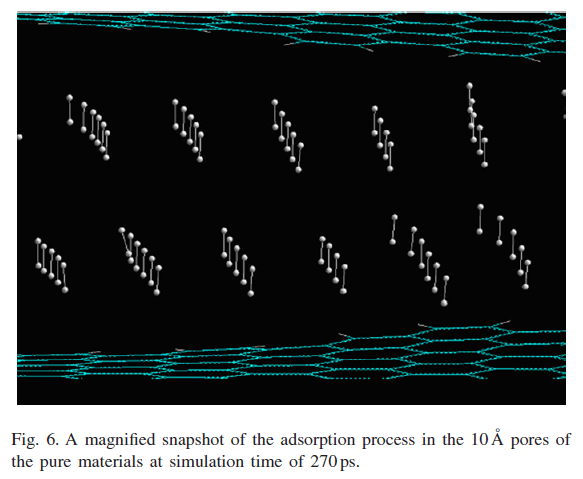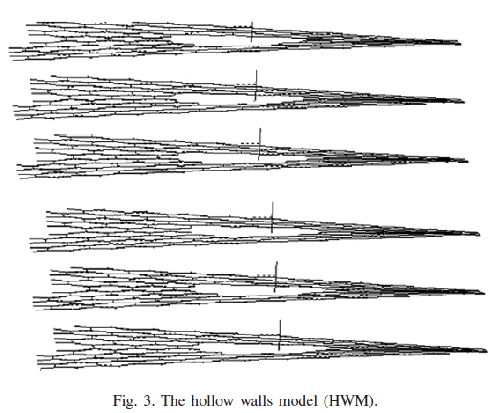Molecular Dynamics
Molecular Dynamics
Molecular Dynamics [MD] simulations are one of the most popular approaches for the investigation and prediction of numerous physical and chemical systems. MD simulations solve the Newtonian equations of motion for atoms, molecules and particles offering a real time investigation of the process under investigation.
Their accuracy can be extremely high, depending on the force field employed in the calculations. Ab Initio or DFT based MD offer experimental accuracy at atomistic level for a range of time- dependent properties such as thermal transport, mass diffusivities, molecular flow attributes, charge distribution time evolution, reaction kinetics, and others.
MD simulations force fields can be ‘lighter’ than Ab Initio or DFT and thus their speed can become extremely high; if MM or semi empirical force fields are employed, MD simulations provide the time dependent properties at only a small fraction of time and thus are ideal for:
- Initial investigation of time dependent properties
- Large systems where Ab Initio or DFT approaches [force fields] could not be employed
- Low computational power systems
The larger a system gets, the lower the differences of accuracies between Ab Initio based and MM/Semi empirical based predictions become. This is due to the size effect of the investigated system. Thus, it becomes clear that MD based on MM/Semi empirical force fields are excellent choices for the study of large systems such as:
à Adsorption and absorption of species into solid / liquid adsorbents [for example hydrogen adsorption into Microporous carbonaceous materials, adsorption of CO2 into solid amines, etc]
à Separation of pollutants from gaseous or liquid streams [for example H2S removal from natural gas via polymeric membranes, VOC capture by mesoporous doped adsorbents, etc]
à Multi component flow investigations [for example oil flow investigation, water flows, etc]
à Solubility of species into various solvents [for example solvent screening for solvent based distillation]
à Mechanical properties evolution with time and temperature
à Temperature dependent behavior of systems [for example pyrolysis, thermal treatment, etc]

| Figure 1: Hydrogen storage prediction in a Microporous carbonaceous adsorbent via MM+ based MD calculations. Final stage of the simulation where system energy remains constant and hydrogen molecules have adopted their optimal orientation into the slit shaped pore of a typical activated carbon. MD calculations where run for 600ps on a 8-core workstation. Force field used was MM+ in HyperChem, HyperCube, Inc [Georgakis M, Stavropoulos G, Sakellaropoulos GP, International Journal of Hydrogen Energy 32 (2007) 1999 – 2004] |
MD offer the ability to monitor system evolution in real time; using a computational chemistry tools that offers a GUI [Graphical User Interface] allows the user to keep track of all changes occurring throughout a process and identify / explain the physical meaning. This is in contrast with other approaches [like Monte Carlo for example] where only the final stage bears physical meaning.
Currently we offer MD simulations in a variety of environments including HyperChem, HyperCube, Inc and Spartan, Wavefunction. We provide our services for academic projects, research projects, start ups, private organizations and individjuals.

